What happened in tech at NRF’s Big Show?
Brian Elliott, Founder, Senior Advisor and Head of Innovation at Periscope® By McKinsey, tells us what caught his eye at NRF 2019
It’s been straight into the retail event calendar with NRF 2019 The Big Show, which took place in New York between 13th and 15th January. It is always a great opportunity to hear not only about the trends emerging in the industry, but what is happening on the ground, and how retailers on- and offline feel about the year ahead.
Whilst everyone was very clear that the trading environment is as challenging as ever, particularly if you are a traditional retailer, there was nonetheless a lot of positivity around about the year ahead and the innovations coming along to reinvigorate the in-store experience. More retailers are coming to terms with how they can use their physical store as part of delivering an omnichannel experience, and therefore increasing the integrated brand value and profit delivered by those sites.
The bottomline is that stores are embracing digital and omnichannel; not tentatively, but with an aggressive determination. They’ve long known they cannot ignore digital; the challenge has been making it work. We will see many more retailers go live with a genuine – rather than pseudo – omnichannel experience over the next 18-24 months. It will become mainstream on the High Street.
Smartphone even more at the heart of retail
We all know about the mass consumer adoption of the smartphone for online shopping. Over time, the device itself has become about so much more than the browser as apps bring rich new functionality. It is clear from NRF that this is about to leap forward again not just for the consumer, but the retailer too. The technology drivers for this are the advanced gyroscopes and accelerometers in today’s devices and imminent arrival of 5G in major geographies.
New use cases seen at NRF include applications for deep analytics on the movement of shoppers around stores without additional hardware; applications that can choose sizes for shoppers from 3D scan or phone images, suggest accessories to complete the look from a photo, and even help logistics companies with packing box dimensions.
The checkout leaps forward
Amazon Go and Albert-Heijn Tap-to-go took the market by storm last year as two bold new visions for customer experience, but there are many startups vying to reinvent the checkout experience. This is key because waiting in line is the most annoying aspect of shopping however you shop. Tap-to-go and smartphone self-checkout will compete with the intuitive grab-and-go multiple cameras systems.
Live demonstration of crowded aisle, individual tracking, and item visual recognition using standard HD cameras has the potential to take the lead – especially because it also enables so many additional advanced analytics. Thus, in addition to labour savings the business return increases from fraud detection, in-aisle personalised marketing from live identification of individuals/shopper segments, out-of-stock detection, and overall store optimisation by analysing shopper journeys.
Virtual shelves and personalised sizing
The mannequins’ days may really be coming to an end as we saw a number of examples of virtual shelves at this year’s event. Enabling retailers to create dynamic and interactive experiences for their product’s virtual shelves, not only create cost savings, but also enable a level of merchandising consistency across stores that simply cannot be replicated today.
This is great news for suppliers who can be confident about how their products are being represented. For those installations where customers can interact with products, it should drive up sales while also allowing retailers and suppliers to learn about how customers interact and respond to their product offerings, enabling them to make refinements to promotions, PoS, literature, or even the product design themselves.
The data to fuel the technology
Whether it is omnichannel, or creating other new experiences in-store, what is clear is that this whole new generation of retailing still must be underpinned by technologies that connect data right across the shopper experience, regardless of how the customer journey takes place online and in-store and jumps between the two. Additionally, technology needs to make the business operationally aware, almost conscious, so it can understand and interpret the state of a promotion, business performance or the wider competitive environment in an instant.
NRF has offered a truly tantalising vision of how retailing will change in 2019 and 2020+ for retailers that get their technology foundations right and marry that with human change management to take advantage. A journey worth taking that will continue to reward the leaders for the next decade.



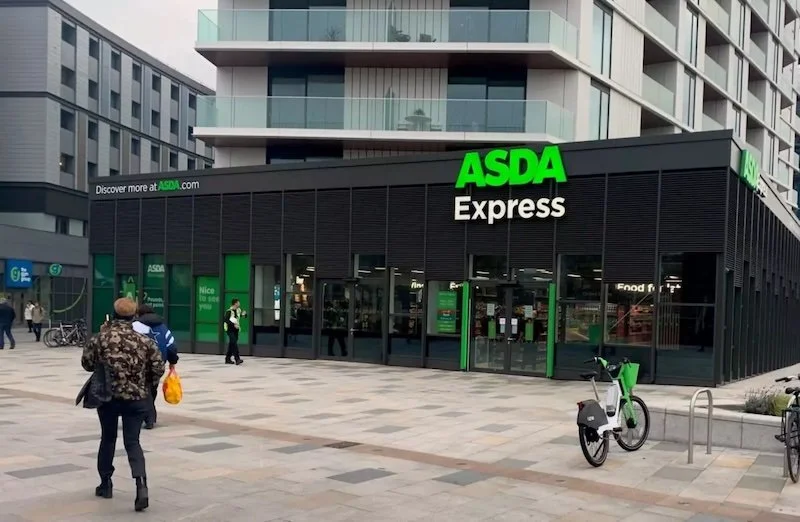
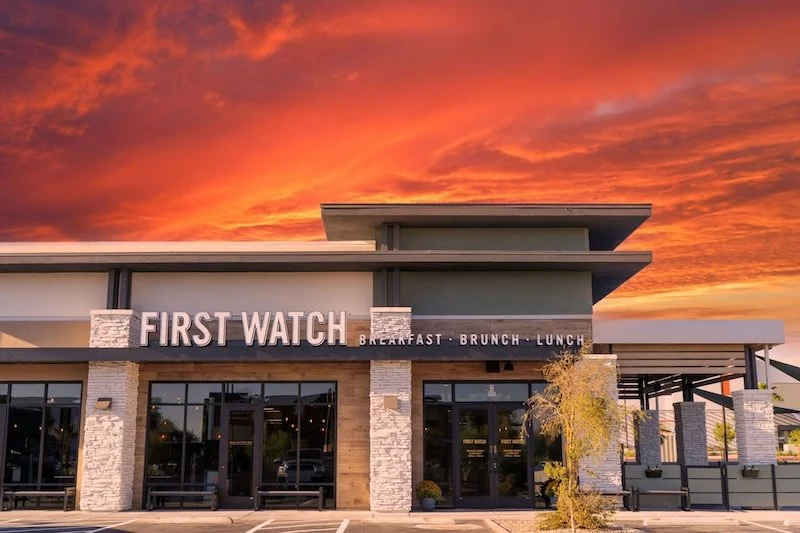


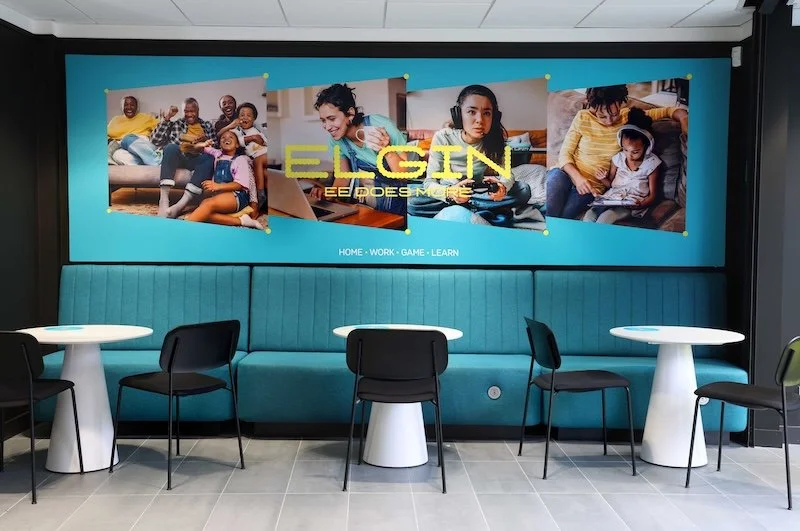
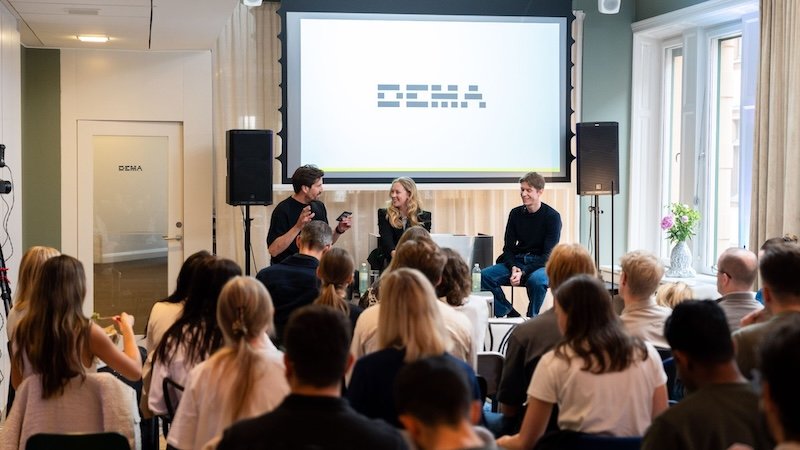
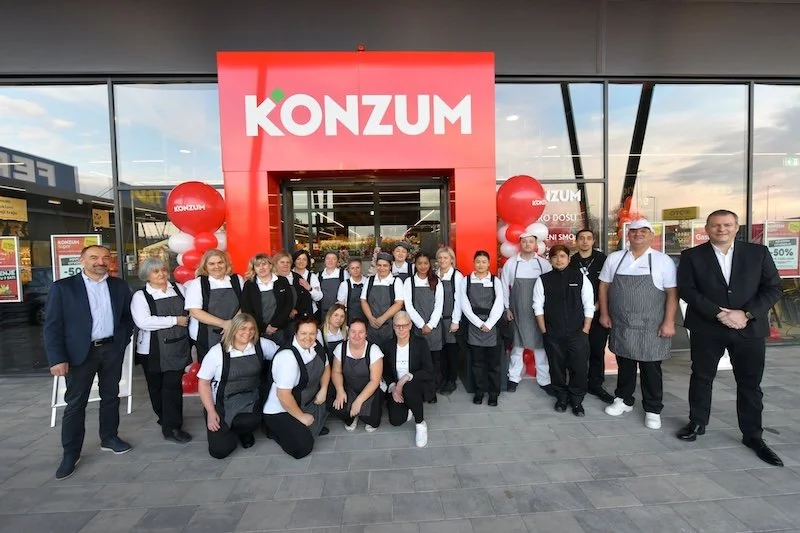
Continue reading…